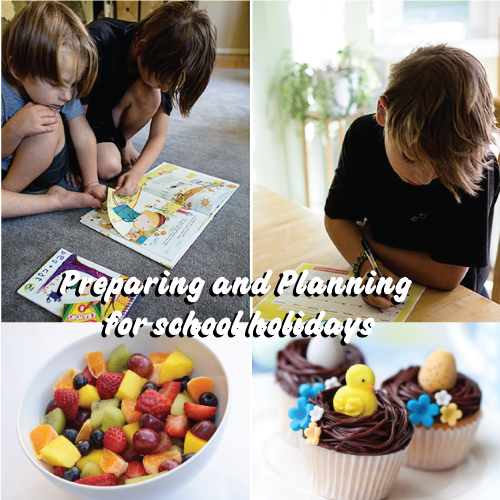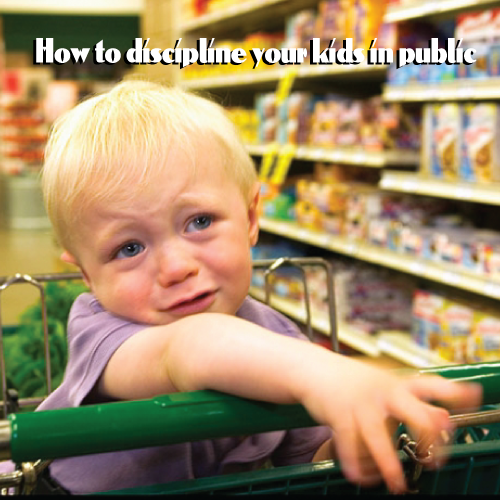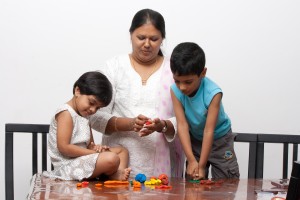 Ajita Seethepalli, is the Founder of KidsCenter.in (www.kidscenter.in) and practices as a professional Child Sleep Consultant and Child Food Habits Consultant. She can be reached at ajita.gopal@gmail.com
Ajita Seethepalli, is the Founder of KidsCenter.in (www.kidscenter.in) and practices as a professional Child Sleep Consultant and Child Food Habits Consultant. She can be reached at ajita.gopal@gmail.com
For most parents getting their children to eat a balanced meal is a daily struggle.As a Child Food Habits Consultant I have always found that thetrick is in getting children involved in the decision making instead of forcing a set of values and concepts on them.
I strongly believe that even the pickiest eater can be taught to eat right and healthy. Teaching children to eat a diet full of fruits and vegetables, whole grains, and plenty of healthy proteins is important to maintain a healthy diet and weight. In India mothers are constantly worrying about their children’s diet and eating habits but feeling completely helpless about improving the situation. It is important that as parents we start implementing healthy food habits early on in our children’s life.At a young age start by encouraging children to try new, healthy foods, allowing them to listen to their internal signals of hunger and fullness, and as a parent learning to respect their decision on how much they eat.
Trying New Healthy Foods
Research has time and again shown us that it takes many exposures to new foods before children decide to accept them. I often suggest to my clients that instead of asking/begging/pleading/threatening/bribing a child to try new foods, it isbetter to have them do a taste test, and if possible at a time other than the main meals. A small spoonful with no conditions attached. Ask them to describe the food…taste, texture, smell etc. If they are old enough to write, have them write down their description. If you have more than one child, have them all do the taste test. Take their views and findings seriously. You can also describe the ingredients you have used. Get children to smell and taste some of the ingredients separately. Let it be about recognizing and analysing the taste and textures and not about having to finish all that is in the plate. Take the pressure off eating. Over time, children who taste lots of different foods tend to eat a variety of foods.
Flavours and Cravings
Kids will eat flavours they are most exposed to. Most packaged foods that target children are generally high in sugar, salt, additives and preservatives, which we all understand is not good for children or adults. A child who is used to eating store bought crackers, chips, juice or other such foods often, will find vegetables and fruits to be extremely boring as they don’t give the same flavour hit as store bought foods. However, a child who is used to fresh fruits and vegetables as a major part of his diet will more likely crave for those healthy food flavours when he is hungry.
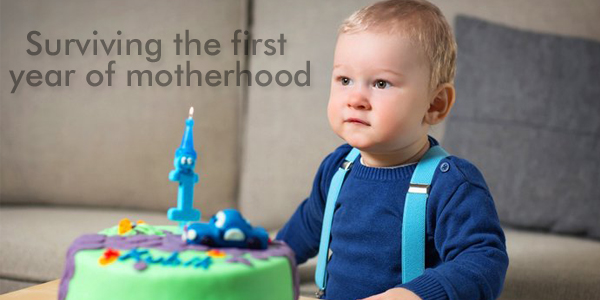
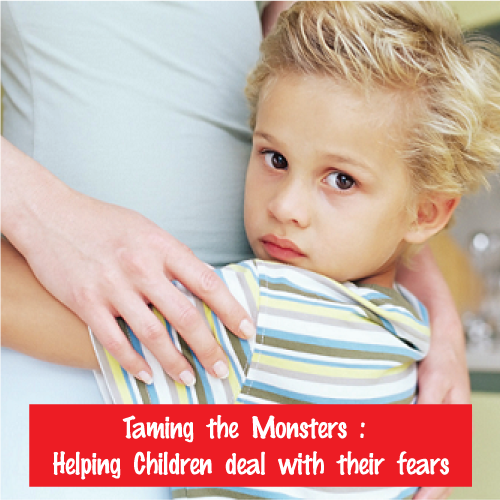 Usually, childhood fears and anxieties are not very serious in nature. But intervention becomes necessary if it affects children’s normal lifestyle. Children undergo different kind of anxieties at various stages in their life. Let us examine the phobias, and worries children endure growing up.
Usually, childhood fears and anxieties are not very serious in nature. But intervention becomes necessary if it affects children’s normal lifestyle. Children undergo different kind of anxieties at various stages in their life. Let us examine the phobias, and worries children endure growing up.